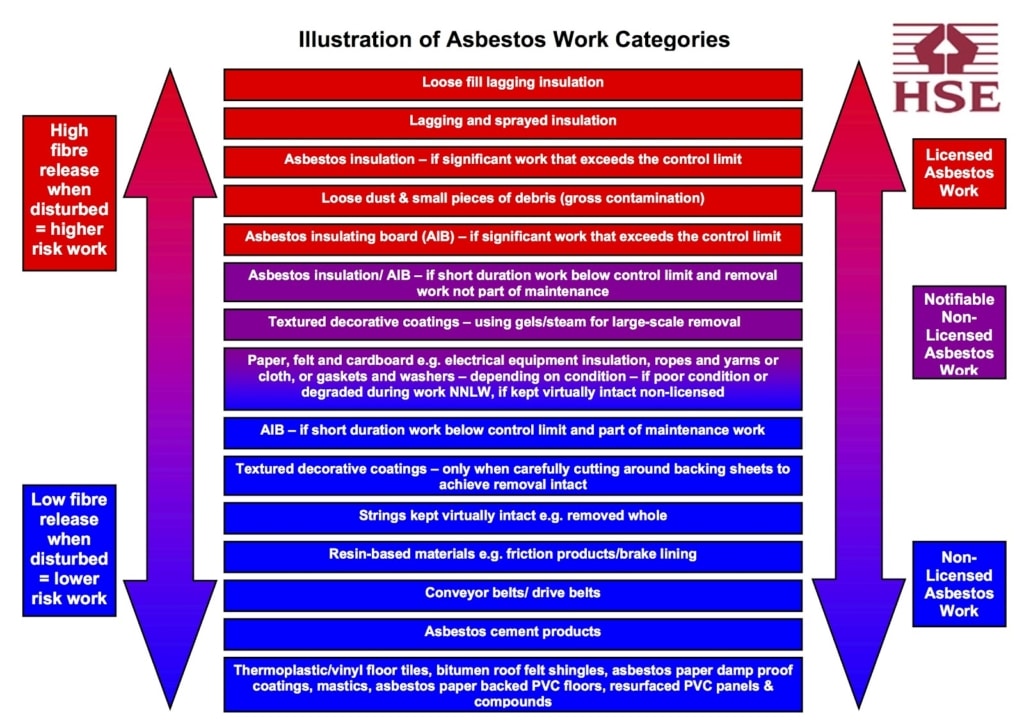Students Rubbish Clearances 2023
The end of the Summer term is a crucial time for student letting agents in University towns such as Loughborough, …

The end of the Summer term is a crucial time for student letting agents in University towns such as Loughborough, …
Asbestos is a naturally occurring mineral that has been extensively used throughout history due to its durable and heat-resistant properties. …
The Essential Role of a Low-Grade Asbestos Remover & Collector Introduction When it comes to ensuring the safety of …